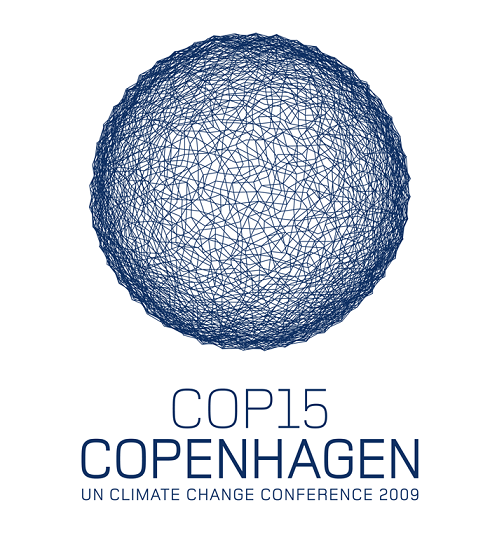
The effort to combat climate change is often tackled from a public policy perspective. Although this approach is crucial to the negotiations, it is only part of the solution. Today, I attended a lecture titled “Green Building U.S. Technology,” which focused largely on programs within the United States and their efforts to go green. One example mentioned was the Empire State Building and the construction that was done to make it sustainable. One example was the installation of new windows that reduced the sunlight intensity so that less air conditioning was needed to cool the building. This project, along with a host of efforts to reduce carbon emissions in the United States, requires the collaboration of both the public and private sector.
An instance of positive public-private collaboration can be seen in Saginaw, Michigan, where the Saginaw Future, Inc., the Michigan Economic Development Corporation, and the Saginaw County Chamber of Commerce worked together to invest $1-Billion in solar development. Ultimately, this project will assist in the development of green jobs and ultimately lead to less energy consumption. This collaboration was recognized by the United States Department of Congress and is an excellent example of how cross-sectoral collaboration is needed in the fight to end climate change.
With this, it should come as no surprise that numerous non-governmental agencies have been invited to participate in the United Nations Conference on Climate Change. Through their input, which is largely in the form of scientific research, a conclusion can hopefully be reached and executed around the world to address the issue of climate change from a variety of angles.
Tags: climate change, interconnectivity, Private Sector, Public Policy, Public Sector